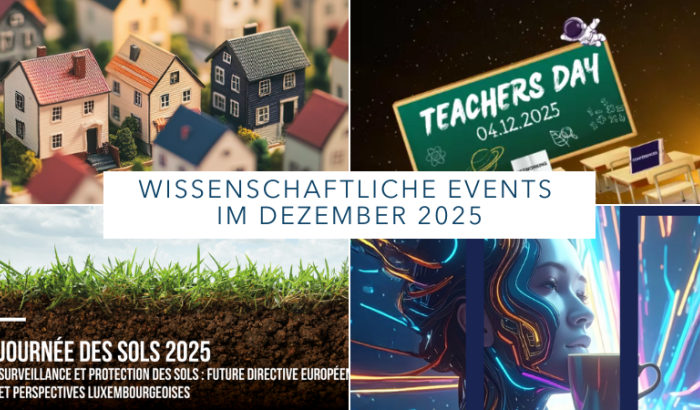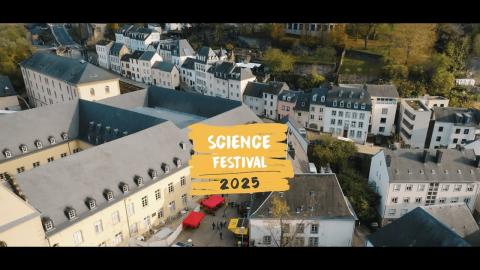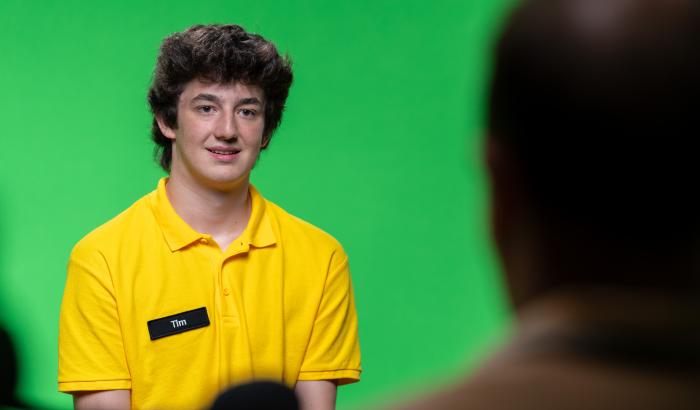MOAST creative studios
On the 3rd of December, the Esch2022 project “The sound of data – Science meets music” had its closing event at Rockhal, with around 600 visitors. Over the past year, scientists and musicians had cooperated to create story-telling music using scientific data and numbers. Here are some impressions.
What was the project about?
Eleven local and international artists used data, that was previously collected by researchers from Luxembourg (traffic data, historical data, crowdsource art data, 3D body scan data) and composed music out of it. This process is called data sonification. Never heard of it? Sounds crazy? Maybe a bit weird? It certainly is quite the innovation to mix the musical and scientific world, which usually don’t often cross paths. The results were all the more mind-blowing.
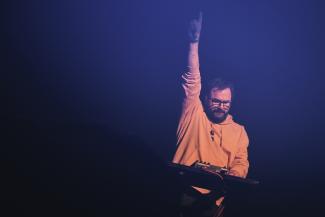
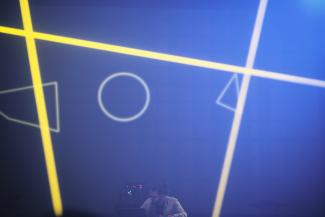
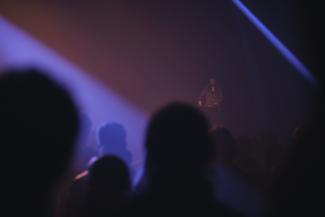
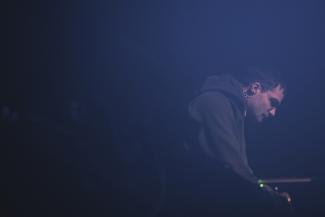
In the conference preceding the concert, the scientists Prof Djamila Aouada and Oliver Glassl from the University of Luxembourg, the electronic musician, mathematician and data sonification expert Dr Valery Vermeulen from Belgium, and local musicians Catherine Elsen and Pol Belardi sat in a round table and talked about their motivations, challenges, and experiences during this collaborative project.
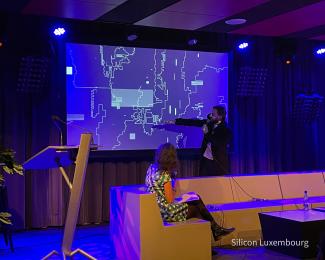
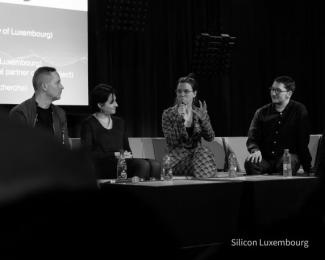
Afterwards, the musical compositions resulting from the artist residency, organised in the framework of this project, were performed live on stage – every song bringing its own story and a different mood to the audience.
The eleven artists were: Fred Baus (aka SpudBencer), Tessy Troes, All Reitz Reserved, Willem & Adnan Theerens, Pol Belardi, Virgilio Fernandez, Catherine Elsen, Eric Junker, Hester Bolle, Mike von der Nahmer and Thomas Evans
Some artists used traffic data that was collected by the Luxembourg Institute of Science and Technology (LIST) and the University of Luxembourg. Others used historical data from Luxembourg, that was provided by the Luxembourg Centre for Contemporary and Digital History (C2DH) of the University of Luxembourg. And some used data generated by crowdsourced abstract art, that was collected by the Department of Mathematics (DMATH) from the University of Luxembourg.
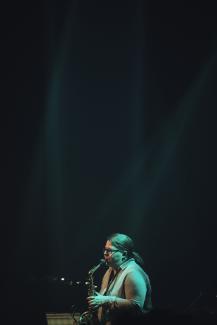
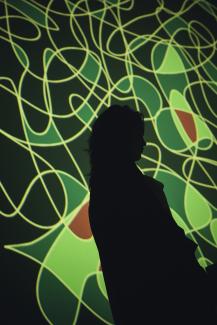
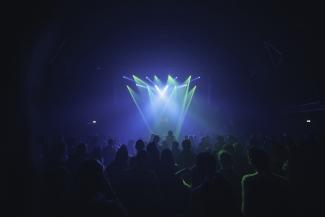
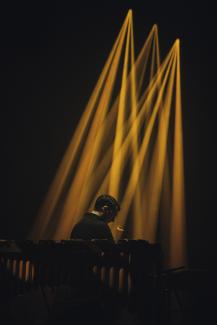
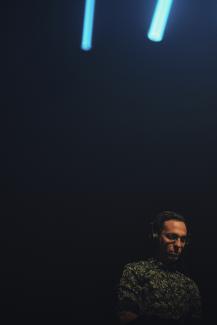
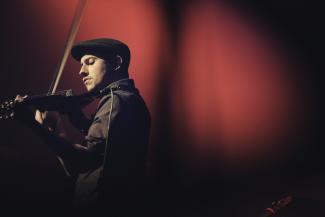
After the artists of the residency, the artistic partner of the project, and the mentor of the artist residency, Dr. Valery Vermeulen - a Belgium-based mathematician, an electronic music producer, and an expert in the field of sonification - performed his sonificiation from 3D body scan data provided by the SnT of the University of Luxembourg.
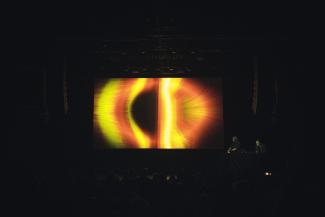
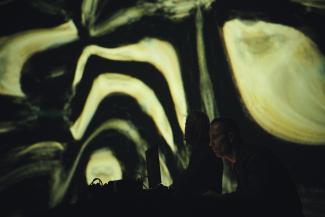
The headliner of the evening concert was nobody else than Max Cooper: holding a science PhD, he again made proof of his master of merging electronic music and visual art with technology and scientific inquiry and embarked the audience on a complete sensory immersion.
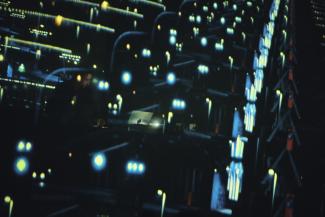
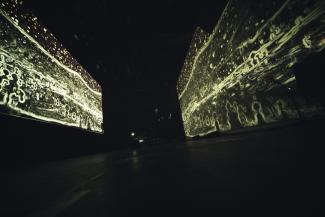
It was definitely a worthy event to end this Esch2022 project.
Photos: Steve Ginepri, Silicon
Auteurs: Lucie Zeches (FNR), Michèle Weber (FNR)
Editeurs: Patrizia Luchetta, Jean-Paul Bertemes (FNR)

